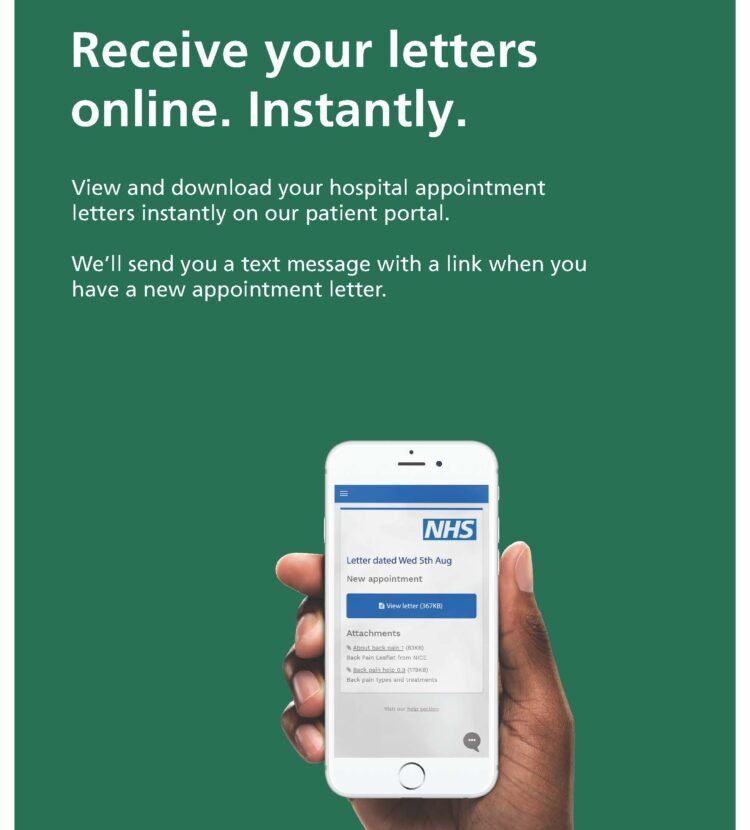⚡ Quick Summary
The NHS Image Exchange Portal (IEP) has reached a significant milestone, enabling the sharing of up to 500 patient images per second. This includes various types of diagnostic images such as x-rays, CT scans, MRIs, and ultrasounds, aimed at addressing diagnostic backlogs.
💡 Key Features and Benefits
- 🔑 High Volume Sharing: The IEP allows for the rapid exchange of images between healthcare providers, enhancing collaboration and efficiency.
- ⚙️ Broader Usage: Initially launched in 2009 for NHS trusts, the portal is now utilized by a variety of organizations, including private healthcare groups and teleradiology services.
- 📊 Increased Access: Over 450,000 users currently access the IEP, which transmitted nearly 12 million imaging studies in 2023, a significant increase from 2.8 million in 2012.
👩⚕️ Evolution of the IEP
- The IEP was designed to facilitate image sharing among NHS hospitals, but its role has expanded to meet the growing demands of the healthcare system.
- Chris Scarisbrick from Sectra, the company hosting the IEP, emphasized its unique position as a national tool for sharing diagnostic images.
📅 Future Developments
- As patient demand for access to their own imaging increases, the IEP is expected to evolve further, incorporating more functionalities to enhance user experience.
- Discussions are ongoing regarding future investments to ensure the portal meets the healthcare sector’s needs.
🚀 Impact on Patient Care
- The IEP plays a crucial role in reducing diagnostic backlogs by facilitating timely access to imaging for both patients and healthcare providers.
- Patients can now access their imaging studies more quickly, allowing for better-informed decisions regarding their care.
